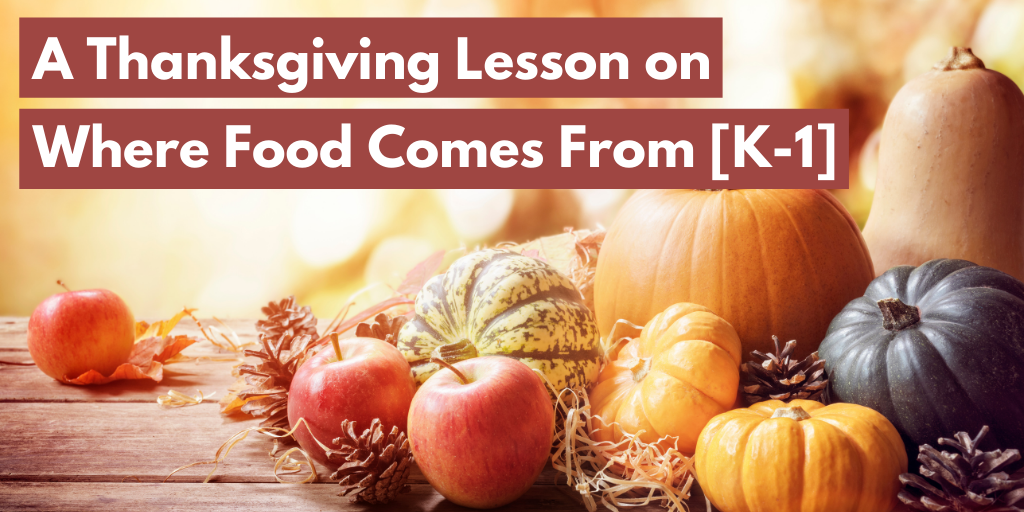Editor's Note: This blog was previously published, we're re-sharing it today during the Thanksgiving season.
by Hameray Staff
Thanksgiving, our biggest food holiday of the year, provides the perfect opportunity to do a short unit on food and how it gets to the table. As a harvest celebration, Thanksgiving naturally lends itself to discussions about farms and what a harvest is, as well as the various other steps in the food production process from farm to table.

The foods traditionally eaten on Thanksgiving are generally minimally processed foods that are easily traced back to their farm origins.
Try introducing your class to some food-related fictional literature
, such as
Thanksgiving Dinner
(which lists traditional Thanksgiving foods in a playful rhyme),
The Little Red Hen
(which traces the bread-making process from seed to table), or your favorite Thanksgiving story or food/farm story.

Then bolster the ideas from those fictional stories with informational texts that teach children about farms, harvests, and where food comes from . In the Story World Real World series, the Little Red Hen theme set comes with the storybook and three food-related informational texts: Different Kinds of Bread (which explores different breads from around the world), Who Made Our Breakfast? (which uses real photography and facts to explain the seed-to-table process of breadmaking introduced in the story book), and Great Grains (which discusses how grains are used for food).
Other books that introduce children to farming include the following:
1) General: Where Does It Come From? ; On the Farm


2) Animals: the books in the Farm habitat in the Zoozoo Animal World series

3) Plants: the books in the Growing Things theme of the My World series

~~~




















































